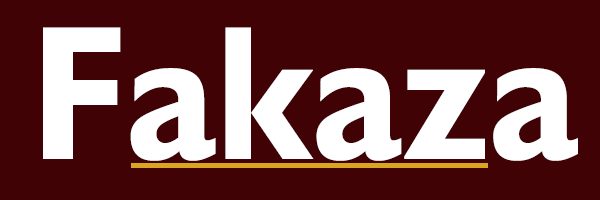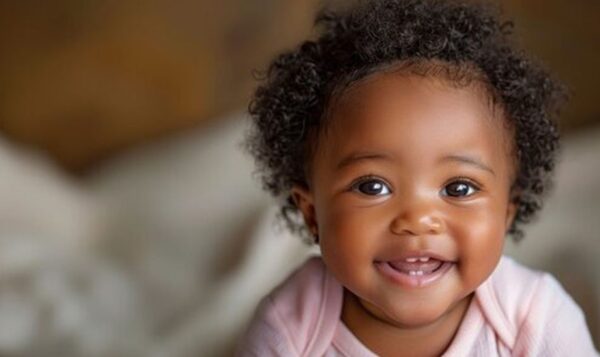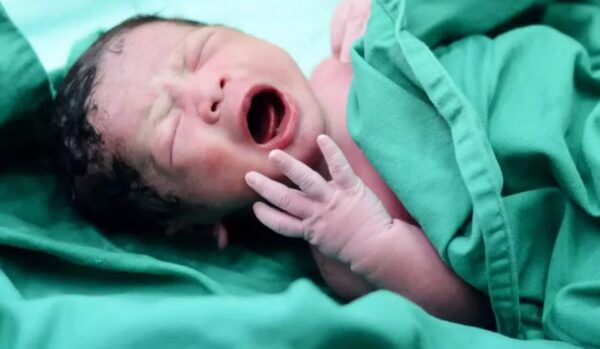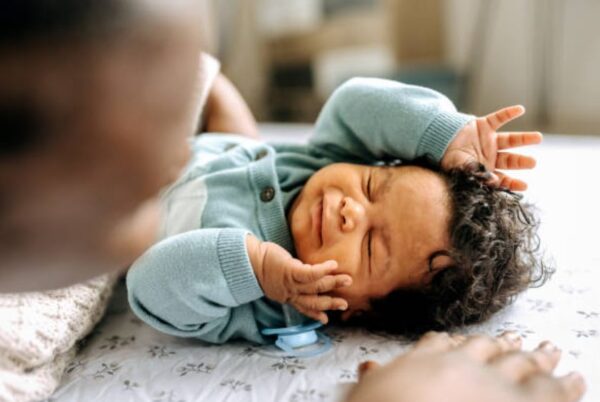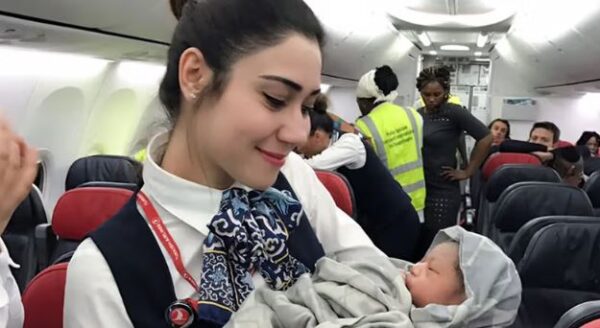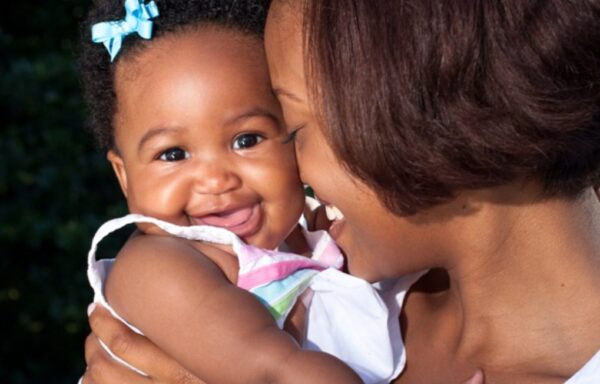Lifestyle
What to do when a baby chokes
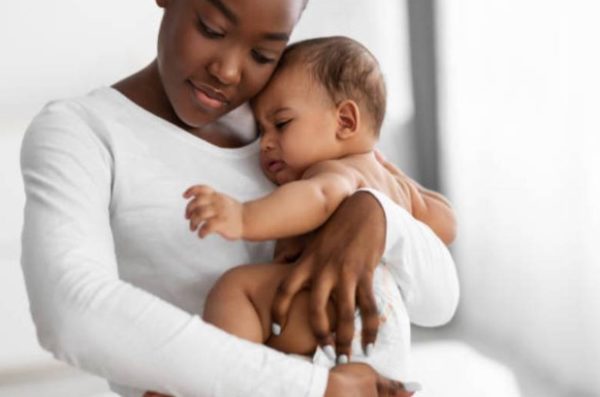
As a parent, it is important to learn various life-saving skills as you never know when they might come handy and help in saving the life of your children.
While we all hope that our kids are never in a situation where they require first aid, life is unpredictable and it is always better to be safe than sorry.
Newborn babies can very easily choke on food items like toffees, everyday household objects like coins, marbles, button beads and even toys like legos.
This is because kids tend to put everything they see in their mouth.
What to do if your baby is choking
Here is a complete step-by-step breakdown on what to do if your baby is choking:
If your baby is under a year old:
1. If you can see the object lodged in the baby’s mouth, remove it carefully. However, do not put your fingers inside the baby’s throat if the object is not visible, as you may push it further down the windpipe.
2. Access the situation carefully and notice if the baby is coughing or not. More often than not, coughing is the best way to get the stuck object out of the throat. Check to see whether the colour of the baby’s skin is turning blue or if he/she is no longer able to cough, it is a sign that you should seek help as soon as possible.
3. Hold the baby facedown and slap the back at least five times. When you give back blows, it helps in creating a pressure which further helps in dislodging the stuck object. Make it a point to support the head of the newborn baby while giving gentle but firm blows between the shoulder blades.
4. If the airway is still not clear after giving five back blows, lay the baby on his/her back on a firm surface. Place two fingers in the middle of the infant’s chest (breastbone) and give five sharp chest thrusts.
5. Repeat the chest thrust and blows till the object comes out.
Remember:
Keep repeating steps 3 to 5 till the time help arrives or the object is removed from the baby’s throat.
Even if your baby seems fine after the choking incident, you must visit a doctor for more detailed information.
Make it a point to learn child and infant CPR (Cardio-Pulmonary Resuscitation).
